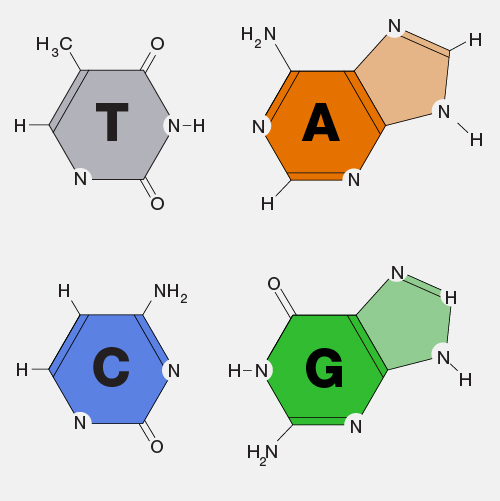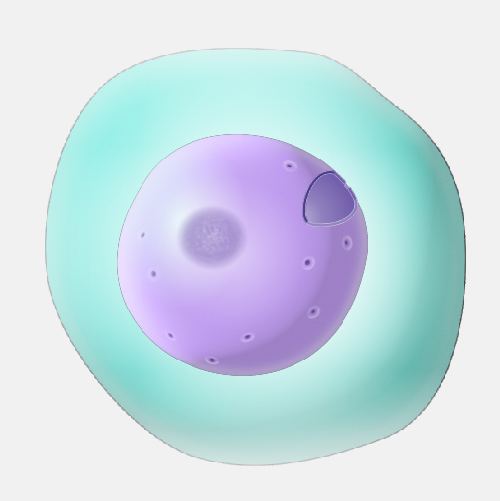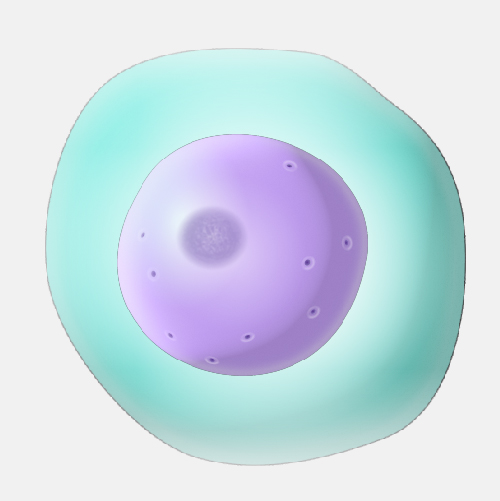Progeria
Definition
Progeria is a rare disease characterized by accelerated aging. The classic form of progeria is called Hutchinson-Gilford progeria syndrome (HGPS), named for the doctors who first described it. Progeria is caused by a mutation in the LMNA (pronounced "Lamin A") gene. The LMNA protein provides structural support to the cell nucleus. When mutated, the LMNA protein produces nuclear instability that leads to premature aging. Affected persons commonly die from heart disease during late childhood.
Narration
Progeria is a rare and fascinating disease. Kids with this disease appear normal at birth, but by the time they are a year old they stop growing along the normal curve, and by the time they're two or three years old their hair begins to fall out and their skin gets old-looking and wrinkled. And sadly these kids, by the time they're 12 or 13 on the average, develop really serious problems, and many of them will die from heart attacks or strokes before they ever reach the age of 20. We know what the cause is. It's a single letter out of all three billion that has been changed--a C that becomes a T in the middle of a gene called Lamin A. One of the exciting aspects of the study of this disease is that it's teaching us about normal aging, because it turns out we are all doing a little bit of what happens in progeria. Mainly making a protein that is not good for cells. It's kind of helping cells to limit their life span, and of course our life spans are all limited, but we would just as soon not to have them prematurely limited. And so the study of progeria is shining a light on the aging process in a way that may be over the long term pretty profound.




